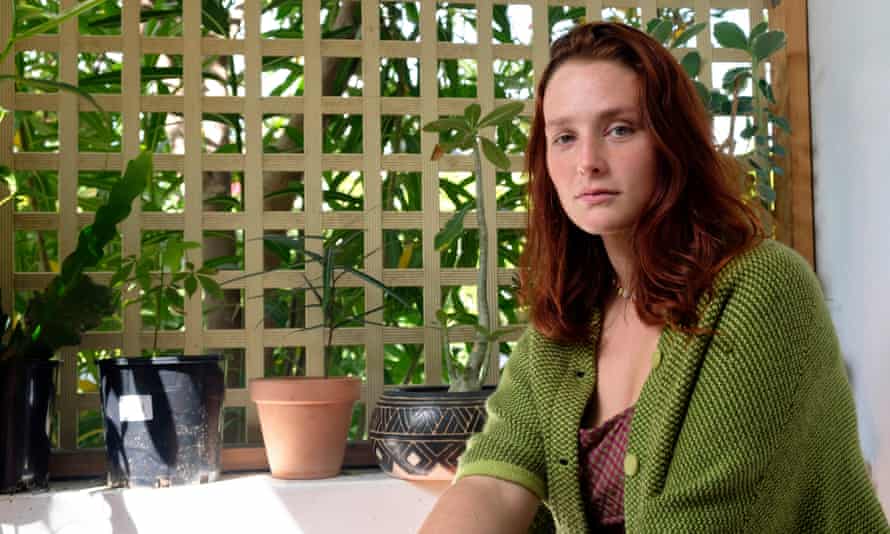Extract from The Guardian
Modelling estimates reduction will push 18,000 children below the poverty line

Last modified on Wed 31 Mar 2021 04.21 AEDT
An estimated 155,000 people in Australia will be plunged into poverty this week when the pandemic boost to welfare payments expires, according to new modelling.
While the government will introduce a $50 a fortnight permanent increase to the base rate of jobseeker, student and parenting payments from 1 April, it is scrapping the $150 a fortnight coronavirus supplement at the same time.
It means about 2 million people will see a $100 reduction to the base rate of their income support payment.
Modelling from the Australia Institute, released on Wednesday, estimates the reduction will push a further 155,000 people, including 18,000 children, below the poverty line.
“When the government first introduced the $550 coronavirus supplement, it was the biggest poverty alleviation policy that I think Australia has ever seen,” said Matt Grundnoff, senior economist at the Australia Institute.
“And what it highlighted was that a lot of the poverty that we have in this country is a policy choice. That is, the government totally has the capacity to get rid of this poverty.
“And unfortunately, a combination of them cutting gradually the coronavirus supplement back and then now eventually getting rid of it and the increase in the unemployment because of the recession has basically undone all their initial good work.”
The coronavirus supplement was introduced in April 2020 and was initially set at $550, before it was tapered to $250 in September and $150 in January.
Grundnoff said if the government restored the coronavirus supplement to its original level of $550 a fortnight, 500,000 people – including 90,000 children – would be lifted above the Henderson poverty line.
For a single person, the Henderson poverty line is $1,122.44 a fortnight before housing costs.
Australia does not have an official measure of poverty, and other researchers have who have modelled the impact of the supplement have used a relative measure of 50% of median income, which is $914 a fortnight for a single person.
When asked about the relationship between poverty and welfare payments, the social services minister, Anne Ruston, has repeatedly noted Australia does not have an agreed measure of poverty.
She told ABC radio this week the “non-financial social transfers” – which refers to services such as free healthcare and social housing – provided to Australians on lower incomes were “well over $500 a week”.
“But the one thing that we can’t underestimate here is that this will be a business-led recovery,” she said.
“And the most important thing that we can do, as a government, is to make sure those businesses are strong so that they are able to create the jobs so that people don’t stay on payment.”
Grundnoff said his research used the Henderson poverty line, first established in the 1970s, because it was a “uniquely Australian” measure, but he said it would be good thing if the government adopted an official measure of poverty.
Despite the fact that welfare payments will still be higher now than before the pandemic, when the old Newstart base rate was $40 a day, Grundnoff found approximately 580,000 more would be living in poverty than before the pandemic began.
This is because there are more people relying on unemployment payments now due to the layoffs caused by the pandemic.
There are about 1.1 million people relying on the jobseeker payment, compared to about 700,000 before the pandemic began.
Grundnoff noted Treasury has estimated up to 150,000 people may lose their jobs after the separate jobkeeper wage subsidy ended at the weekend.
Given some of those people will be pushed on to unemployment payments, he said his modelling likely underestimated the number of people who will be in poverty.
In a separate report released on Wednesday, the National Youth Commission Australia warned the reduction in welfare payments would hit young people particularly hard.
The commission is calling for a youth income guarantee, which would set income support for young people at $820 a fortnight for a person living away from home.
That is based on a measure of the minimum cost for healthy living, it says.
“High housing costs force students and young jobseekers into poverty and sub-standard accommodation, compromising their education and employment outcomes, physical and mental health,” said chair of the commission, David Eldridge from the Salvation Army.
Currently, unemployed people young people aged below 22 who live away from home receive youth allowance, which is about $100 a fortnight less than jobseeker payment.
Young people surveyed by the commission said they were dreading the end of the supplement.
“I’m worried about the rate lowering because it will negatively impact my already unstable living situation and the freedom I have in day-to-day activities,” said Kirra Niner, 21.
Sapodia Lindley, 26, said she was “continually forced to choose between these basic needs and my health and wellbeing”.
“There’s a toll on mental health that can feel almost unbearable at times,” she said. “Your personal relationships become strained, you can’t go out and do things you enjoy to counterbalance the negative feelings, because you can’t afford it. It becomes a cycle of feeling stuck and isolated, of living in despair.”
No comments:
Post a Comment